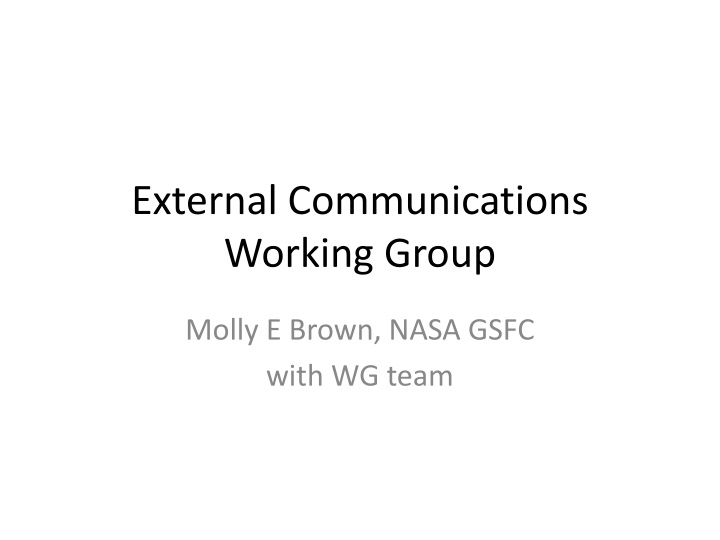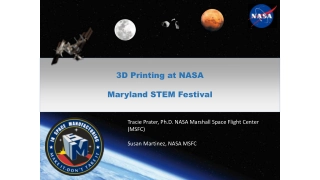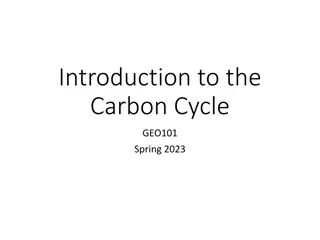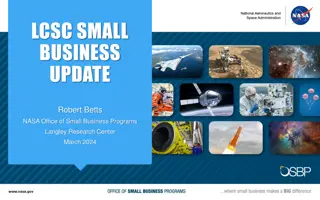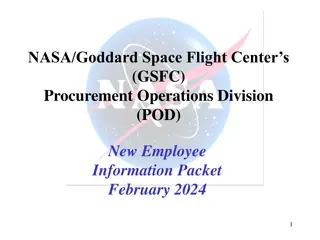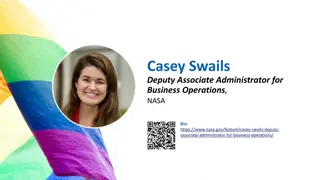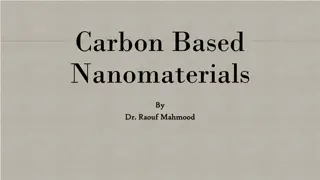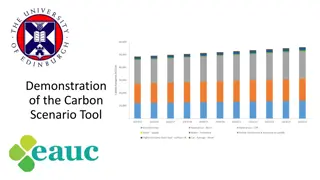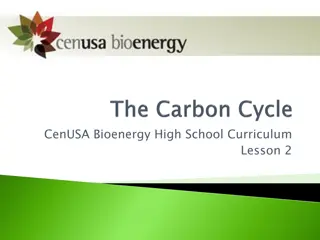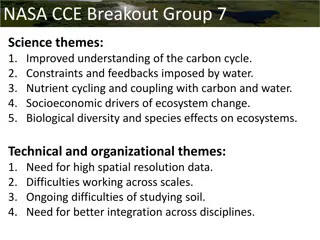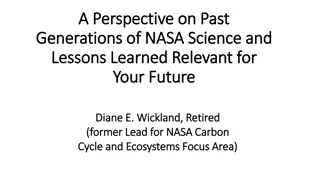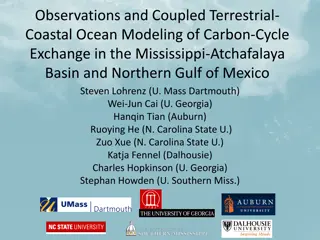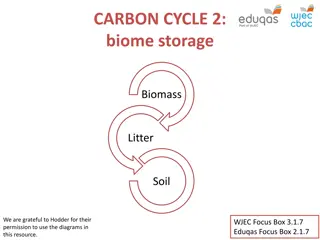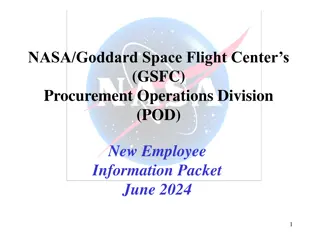Enhancing Communication and Engagement for NASA's Carbon Monitoring System
The External Communications Working Group led by Molly E. Brown at NASA GSFC focuses on creating materials for the carbon.nasa.gov website to communicate the products, science, and impact of NASA's Carbon Monitoring System (CMS). Their objectives include broadening and strengthening knowledge of CMS research, increasing engagement with the user community, and ensuring the community understands the quality and utility of NASA CMS science. Recent activities have included website planning, database understanding, and implementation strategies. Challenges with the new website structure have required gathering additional material and database restructuring. The current project focus highlights the diversity of CMS-funded projects, ranging from new models and basic research to mature products ready for decision support. The project aims to provide a user-friendly product-focused approach for website visitors.
Download Presentation

Please find below an Image/Link to download the presentation.
The content on the website is provided AS IS for your information and personal use only. It may not be sold, licensed, or shared on other websites without obtaining consent from the author.If you encounter any issues during the download, it is possible that the publisher has removed the file from their server.
You are allowed to download the files provided on this website for personal or commercial use, subject to the condition that they are used lawfully. All files are the property of their respective owners.
The content on the website is provided AS IS for your information and personal use only. It may not be sold, licensed, or shared on other websites without obtaining consent from the author.
E N D
Presentation Transcript
External Communications Working Group Molly E Brown, NASA GSFC with WG team
Objectives Create materials for the carbon.nasa.gov website to communicate the products, science and impact that CMS has had during its existence Find ways to broaden and strengthen the knowledge of CMS research and increase the engagement with the broader user community Ensure the community understands the nature, quality and utility of NASA CMS science information and data products
Activity Last year s WG held telecons with ST members, had discussions on website users, multimedia content, public outreach, and created a web plan We started where they left off, working with Peter Griffith s web team to: Understand the database behind the website content Plan how to add additional information to database to achieve website goals Work to implement the website vision
Website Considerations Previous efforts focused on developing a new website structure that was more transparent from the user perspective, and defining a mission statement for CMS New website structure required large amounts of additional material that did not exist, as well as a significant database restructuring In the last year, we ve been working to gather the necessary material to do some of the restructuring of the database and add new material The new website structure has been more problematic
Current Project Focus Carbon.nasa.gov is focused on the PI name and their project title CMS funded projects are extremely diverse Some develop new models and basic research needed to improve the science Some develop new data products through models, algorithms, campaigns, and ground validation Some develop tools, methods or evaluate success of an approach to measure carbon Some have mature products ready for decision support All vary in their objectives, temporal and spatial resolution and degree of readiness to be used by decision makers
Project Focus From the USER perspective, this doesn t make much sense Our objective is to provide a Product focus so that a user can come to the website and find a CMS product that meets their needs
Projects, Products, and ARLs We ve worked to add new information on what each PI will be developing that could be used for decision making New product keywords have been developed that allow for grouping of different types of products together Gathering information on each data product or tool each PI will provide Spatial extent (global, regional, local ) Spatial Resolution (one degree, one kilometer ) Time domain (year range, one time snapshot ) Planned or actual applications readiness level (ARL) for each product, so users can find mature products easily ARLs reflect the three reflects three main tiers of project research, development, and deployment. ARLs 1-3 encompass discovery and feasibility; ARLs 4-6 address development, testing, and validation; and ARLs 7-9 focus on integration of the application into an end-user s decision-making activity.
Definition of a Product Any concrete output of a project Can be DATA PRODUCTS (e.g. maps, statistical estimates) Can be METHODOLOGIES (innovative approach or improvements on already existing) Can be EVALUATIONS (e.g. comparison studies, economic analyses) Can be UNCERTAINTIES (maps, statistics, analyses) Can be DATA PORTALS or VISUALIZATION TOOLS
Adding a Product orientation Existing website will continue, we are adding new ways to sort the information
Future Work Need for the website: Clear explanations of science themes (ocean-atmosphere flux, land biomass, atmospheric transport, etc.) Descriptions of products (sink, flux/movement, etc) Identification of products that are ongoing and those that were produced just once Exposure of website to stakeholders and revision, reiteration of content to increase its usefulness and clarity to these groups, while maintaining its function for the Science Team Interaction with Data WG
New Search Available Products page coming soon
